Blog
Pablo Rodríguez Lozada (January 4, 1923 – February 28, 1973), better known as Tito Rodríguez, was a Puerto Rican singer and bandleader. He started his career singing under the tutelage of his brother, Johnny Rodríguez. In the 1940s, both moved to New York, where Tito worked as a percussionist in several popular rhumba ensembles, before directing his own group to great success during the 1950s. His most prolific years coincided with the peak of the mambo and cha-cha-cha dance craze. He also recorded boleros, sones, guarachas and pachangas.
Rodríguez is known by many fans as “El Inolvidable” (The Unforgettable One), a moniker based on his most popular song, a bolero written by Cuban composer Julio Gutiérrez.
more...The Crescent Nebula (also known as NGC 6888, Caldwell 27, Sharpless 105) is an emission nebula in the constellation Cygnus, about 5000 light-years away from Earth. It was discovered by William Herschel in 1792. It is formed by the fast stellar wind from the Wolf-Rayet star WR 136 (HD 192163) colliding with and energizing the slower moving wind ejected by the star when it became a red giant around 250,000 to 400,000[citation needed] years ago. The result of the collision is a shell and two shock waves, one moving outward and one moving inward. The inward moving shock wave heats the stellar wind to X-ray-emitting temperatures.
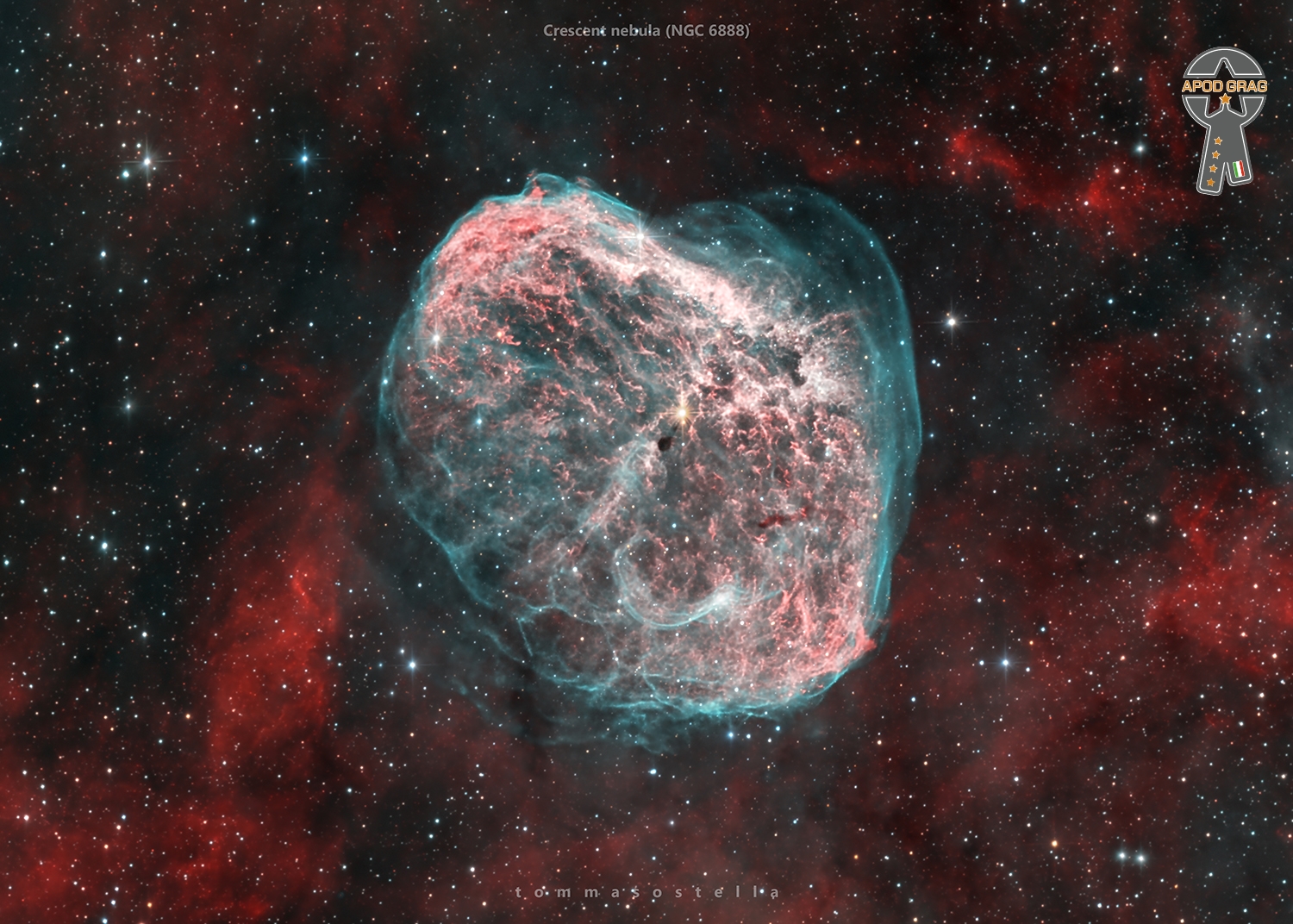
Neil Cowley (born 5 November 1972) is an English contemporary pianist and composer. He has also released music as part of Fragile State, the Green Nuns of the Revolution, and the Neil Cowley Trio. With his trio, he appeared on Later… with Jools Holland in April 2008 and won the 2007 BBC Jazz Award for best album for Displaced. In 2018, Cowley announced he was working on a new electronic focused solo project. In 2020, Cowley announced his debut solo album, ‘Hall of Mirrors’.
more...
Arthur Ira Garfunkel (born November 5, 1941 NY, NY) is an American singer, poet, and actor. He is best known for his partnership with Paul Simon in the folk rock duo Simon & Garfunkel.
Highlights of Garfunkel’s solo music career include one top-10 hit, three top-20 hits, six top-40 hits, 14 Adult Contemporary top-30 singles, five Adult Contemporary number ones, two UK number ones and a People’s Choice Award. Through his solo and collaborative work, Garfunkel has earned eight Grammys, including a Lifetime Achievement Award. In 1990, he and Simon were inducted into the Rock and Roll Hall of Fame. In 2008, Garfunkel was ranked 86th in Rolling Stone magazine’s list of the 100 Greatest Singers of All Time.
more...
Harold McNair (5 November 1931 – 7 March 1971) was a Jamaican-born saxophonist and flautist.
McNair was born in Kingston, Jamaica. He attended the Alpha Boys School under the tutelage of Vincent Tulloch, while playing with Joe Harriott (a lifelong friend who considered McNair his de facto younger brother), Wilton “Bogey” Gaynair, and Baba Motta‘s band. He spent the first decade of his musical career in The Bahamas, where he used the name “Little G” for recordings and live performances. His early Bahamian recordings were mostly in Caribbean musical styles rather than jazz, in which he sang and played both alto and tenor saxophone. He also played a calypso singer in the film Island Women (1958). In 1960, he recorded his first album, a mixture of jazz and calypso numbers entitled Bahama Bash. It was around this time that he began playing the flute, which would eventually become his signature instrument. Initially he had some lessons in New York, but he was largely self-taught. He departed for Europe later in 1960.
more...Sh2-129 (R.A.: 21h 12m 20.24s, Dec: +60º 02’ 15.1”) is a Bright Nebula of Visual Magnitude 10 in the constellation Cepheus at a distance of 9318 lightyears from Earth. It is one of the many beautiful H-alpha emitting objects that can be found in the Sharpless catalogue. The nebula is also known as Flying Bat Nebula. Interestingly, at the heart of the nebula, there is another nebula located, often referred to as Flying Squid Nebula (Ou4). This OIII emitting nebula was only recently discovered by the French amateur astrophotographer Nicolas Outters in 2011. Recent research seems to indicate that Ou4 is indeed located within Sh2-129. It is assumed that the nebula is getting it’s energy from a strong outflow from HR8119, a triple star system right in the middle of the Flying Squid Nebula.
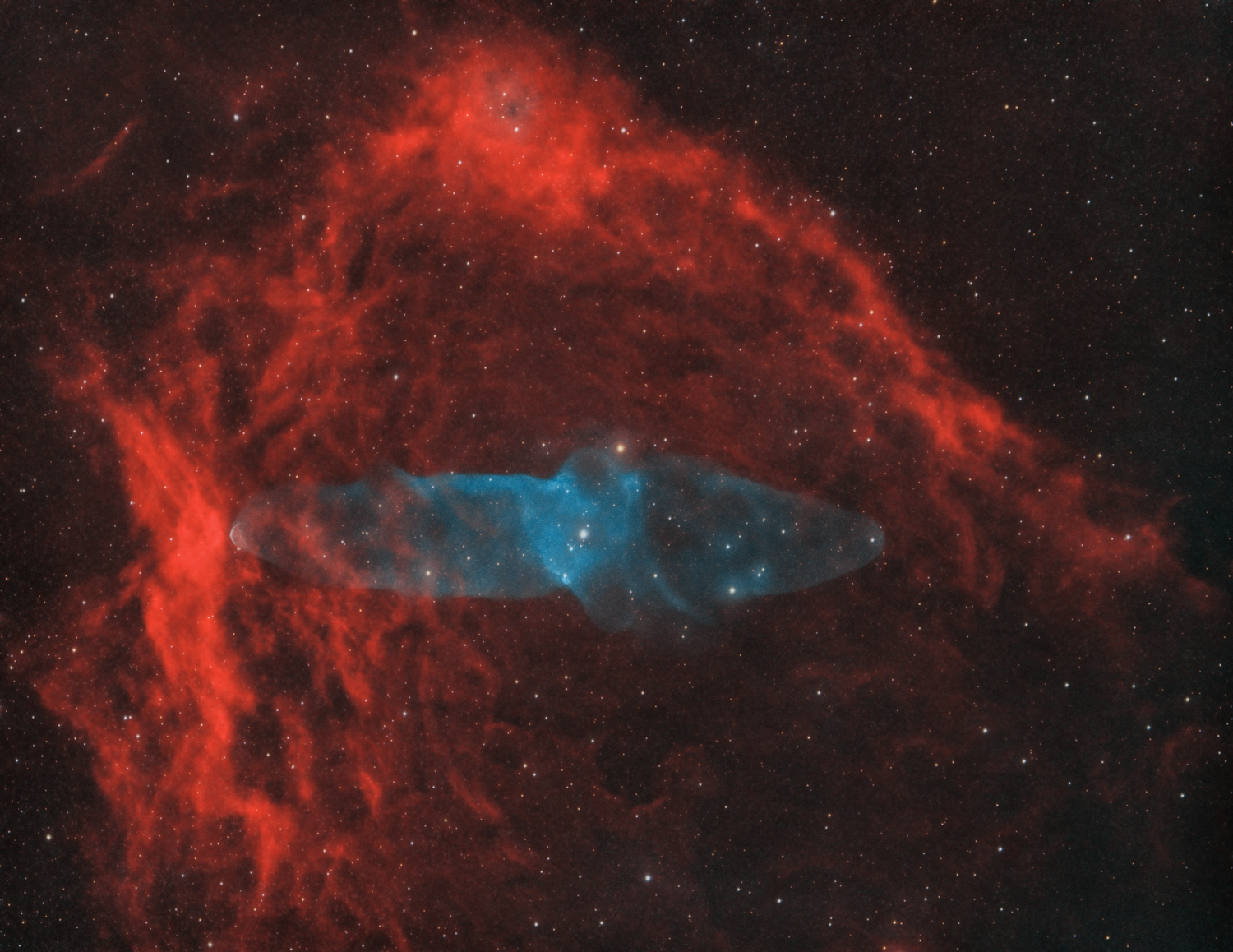
Jeffrey H. Lorber (born November 4, 1952) is an American keyboardist, composer, and record producer. After six previous nominations, Lorber won his first Grammy Award on January 28, 2018 for Best Contemporary Instrumental Album for Prototype by his band the Jeff Lorber Fusion.
Many of his songs have appeared on the Weather Channel‘s Local on the 8s segments and on the channel’s compilation albums, The Weather Channel Presents: The Best of Smooth Jazz and The Weather Channel Presents: Smooth Jazz II. He was nominated for a Grammy Award for his album He Had a Hat (Blue Note, 2007) Lorber was born to a Jewish family in Cheltenham, Pennsylvania, the same suburb as Michael and Randy Brecker, with whom he would later play. He started to play the piano when he was four years old. After playing in a number of R&B bands as a teen, he attended Berklee College of Music, where he developed his love for jazz. At Berklee he met and played alongside guitarist John Scofield. He moved to Vancouver, Washington in 1972. For several years he studied chemistry at Boston University.
more...Lawrence Benjamin Bunker (November 4, 1928 – March 8, 2005) was an American jazz drummer, vibraphonist, and percussionist. A member of the Bill Evans Trio in the mid-1960s, he also played timpani with the Los Angeles Philharmonic orchestra.
Born in Long Beach, California, Bunker was a central figure on the West Coast jazz scene, one of the relatively few who actually were from the region. In the 1950s and 1960s he appeared at Howard Rumsey‘s Lighthouse in Hermosa Beach, and performed with Shorty Rogers and His Giants and others. At first he played primarily drums, but increasingly he focused on vibraphone and was later highly regarded for his playing of timpani and various percussion instruments.
more...Carlos Valdés Galán (November 4, 1926 – December 4, 2007), better known as Patato, was a Cuban conga player. In 1954, he emigrated from La Habana to New York City where he continued his prolific career as a sideman for several jazz and Latin music ensembles, and occasionally as a bandleader. He contributed to the development of the tunable conga drum which revolutionized the use of the instrument in the US. His experimental descarga albums recorded for Latin Percussion are considered the counterpart to the commercial salsa boom of the 1970s. Tito Puente once called him “the greatest conguero alive today”.
more...The origins of La zambra, the traditional flamenco granadino, can’t not be understood without deeply analyzing its name. Zambra comes from the arabic “zumra”, which means party. It was the traditional ritual of the moroccan weddings which was forbidden by the inquisition in the XVI century. Although it kept being celebrated underground. This tradition of the zambra was absorbed, learnt and transformed by the gypsies of the sacromonte, who at one point just considered it as their own tradition. These gypsies are the only remaining proof of this amazing traditional moroccan dance. The only ones that kept this old moroccan tradition and the ones who made it evolve to the flamenco dance that we know today.
Between the XVII and XIX centuries, when the romantic writers and poets arrived to Granada, the zambra and the flamenco were appreciated as an artistic expression in the whole world. It was this recognition that transformed the flamenco into a discipline and a musical style rather than the traditional gypsi dance. It was for this reason that some members of the “generación literaria del 27” began to worry. The flamenco had been always considered like a people’s dance and to see it become something more commercial really troubled them. They felt that all this recognition and fame was making it lose the essence and people were doing it just as a form of entertainment for tourist and travelers and a way of making money.
more...Performing a brief version of Second Chance with Zamya Theater at Surly Brewing Co. Thursday November 3rd 630pm Music by Carlisle Evans Peck-keys, mick laBriola-drums/arrangements.
Join the Open Your Heart Foundation at Surly Brewing on Thursday, November 03, during National Hunger and Homelessness Awareness Month as they celebrate their grantee partners, generate awareness and raise funds to support the work of Open Your Heart to the Hungry and Homeless.
This celebration will include a silent auction, hors d’oeuvres and very special performances by zAmya Theater Project and Yemi Love.
The Open Your Heart Foundation helps ensure that emergency shelters, food shelves and domestic violence shelters throughout Minnesota have the tools, equipment and infrastructure necessary to best serve those in need. This is only made possible through the support of the community.
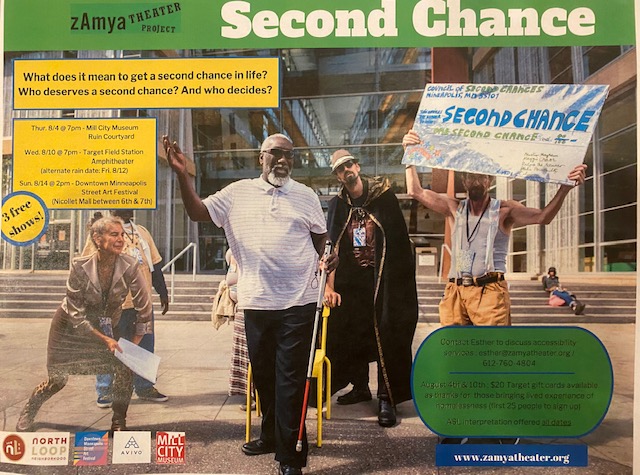
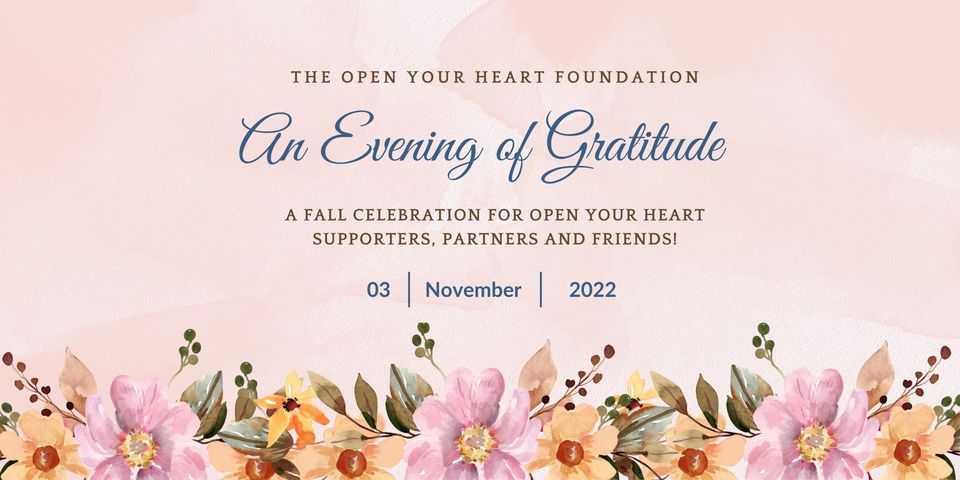
more...
The small, northern constellation Triangulum harbors this magnificent face-on spiral galaxy, M33. Its popular names include the Pinwheel Galaxy or just the Triangulum Galaxy. M33 is over 50,000 light-years in diameter, third largest in the Local Group of galaxies after the Andromeda Galaxy (M31), and our own Milky Way. About 3 million light-years from the Milky Way, M33 is itself thought to be a satellite of the Andromeda Galaxy and astronomersin these two galaxies would likely have spectacular views of each other’s grand spiral star systems. As for the view from the Milky Way, this sharp image combines data from telescopes on and around planet Earth to show off M33’s blue star clusters and pinkish star forming regions along the galaxy’s loosely wound spiral arms. In fact, the cavernous NGC 604 is the brightest star forming region, seen here at about the 1 o’clock position from the galaxy center. Like M31, M33’s population of well-measured variable stars have helped make this nearby spiral a cosmic yardstick for establishing the distance scale of the Universe.
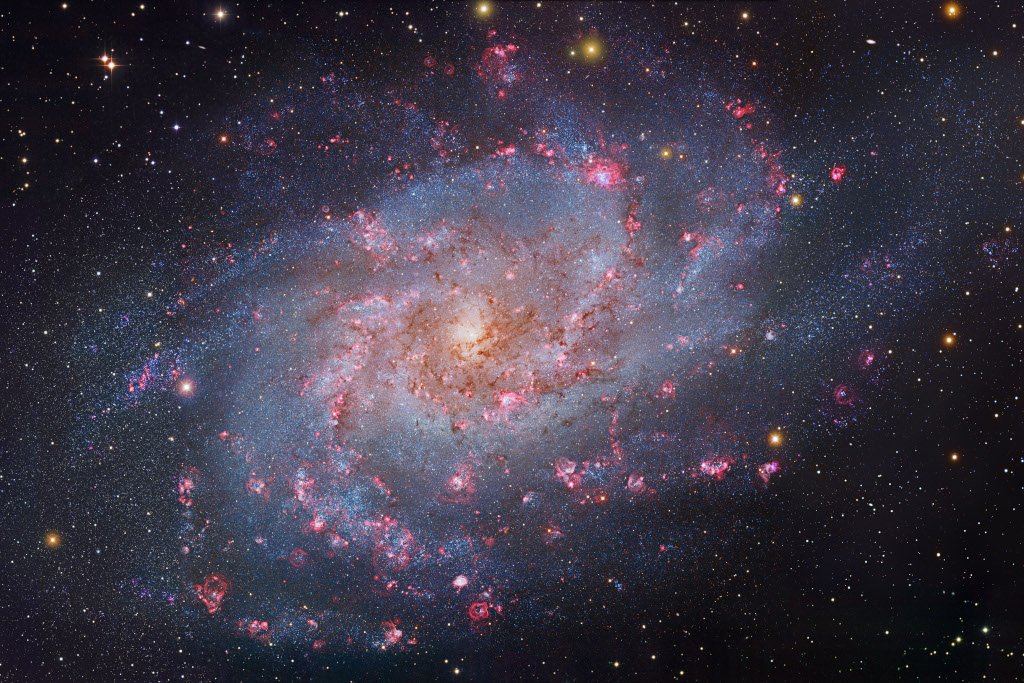
Herbert Jansch (3 November 1943 – 5 October 2011) was a Scottish folk musician and founding member of the band Pentangle. He was born in Glasgow and came to prominence in London in the 1960s as an acoustic guitarist and singer-songwriter. He recorded more than 28 albums and toured extensively from the 1960s to the 21st century.
Jansch was a leading figure in the 1960s British folk revival, touring folk clubs and recording several solo albums, as well as collaborating with other musicians such as John Renbourn and Anne Briggs. In 1968, he co-founded the band Pentangle, touring and recording with them until their break-up in 1972. He then took a few years’ break from music, returning in the late 1970s to work on a series of projects with other musicians. He joined a reformed Pentangle in the early 1980s and remained with them as they evolved through various changes of personnel until 1995. Until his death, Jansch continued to work as a solo artist.
Jansch’s work influenced many artists, especially Jimmy Page, Mike Oldfield, Paul Simon, Pete Hawkes, Nick Drake, Donovan, and Neil Young. He received two Lifetime Achievement Awards at the BBC Folk Awards: one, in 2001, for his solo achievements and the other, in 2007, as a member of Pentangle.
more...Joseph H. Turner (November 3, 1907 – July 21, 1990) was an American jazz pianist.
One of the masters of the stride piano style associated with Harlem, New York City, Turner gained his first big musical break in 1928 when he was hired for the Benny Carter Orchestra. Another break was his work accompanying Adelaide Hall, sometimes alongside Art Tatum, in the early 1930s. He also played with Louis Armstrong. After World War II, he settled in Europe, living in Paris from 1962. He played at La Calavados, a nightclub situated near the Champs Elysees until his death from a heart attack in 1990, at the age of 82.
more...Joe McPhee (born November 3, 1939) is an American jazz multi-instrumentalist born in Miami, Florida, a player of tenor, alto, and soprano saxophone, the trumpet, flugelhorn and valve trombone. McPhee grew up in Poughkeepsie, New York, and is most notable for his free jazz work done from the late 1960s to the present day.
McPhee was born in Miami, Florida, on November 3, 1939. He began playing trumpet when he was eight, before learning other instruments. He played in various high school and then military bands before starting his recording career. His first recording came in 1967, when he appeared on the Clifford Thornton album entitled Freedom and Unity. McPhee taught himself saxophone at the age of 32 after experiencing the music of John Coltrane, Albert Ayler, and Ornette Coleman. During the late 1960s and early 1970s, McPhee lectured on jazz music at Vassar College.
more...Henry Grimes (November 3, 1935 – April 15, 2020) was an American jazz double bassist and violinist.
After more than a decade of activity and performance, notably as a leading bassist in free jazz, Grimes completely disappeared from the music scene by 1970.Grimes was often presumed to have died, but he was discovered in 2002 and returned to performing.
Henry Alonzo Grimes was born in Philadelphia, to parents who both had been musicians in their youth. He took up the violin at the age of 12, and then began playing tuba, English horn, percussion, finally switching to the double bass at Mastbaum Technical High School. He furthered his musical studies at Juilliard and established a reputation as a versatile bassist by the mid-1950s.
more...More Posts
- Curtis Lundy
- Dave Holland
- Albert Collins
- World Music Buzz’ Ayaz
- Daily Roots Bunny Wailer
- Its a Mad Mad Mad World
- Reboot Uncle Sam
- Marc Bolan
- Cosmos NGC 4694
- Frankie Lymon
- Patrice Rushen
- Oscar Pettiford
- Buddy Rich
- World Music Aba Diop
- Daily Roots Horace Andy
- DESIDERATA
- Musicians Reminders
- Body Art
- Cosmos M45
- Perry Lederman